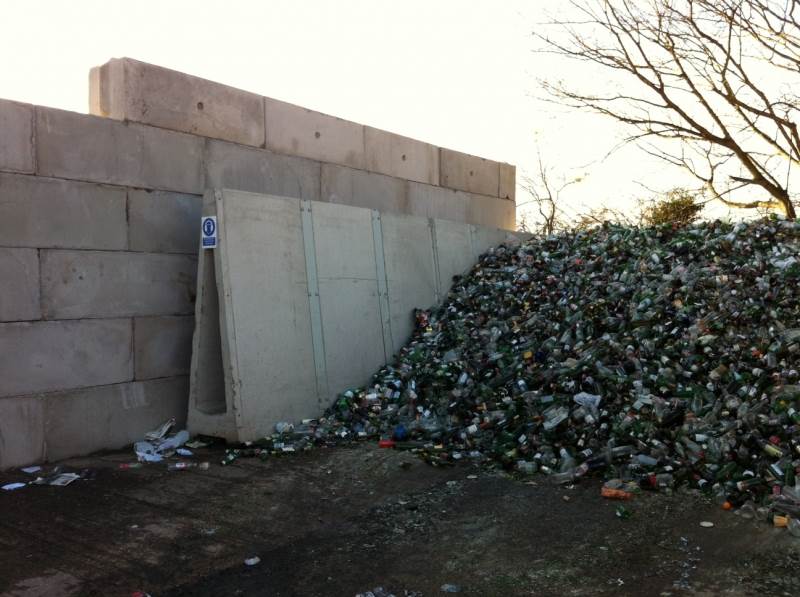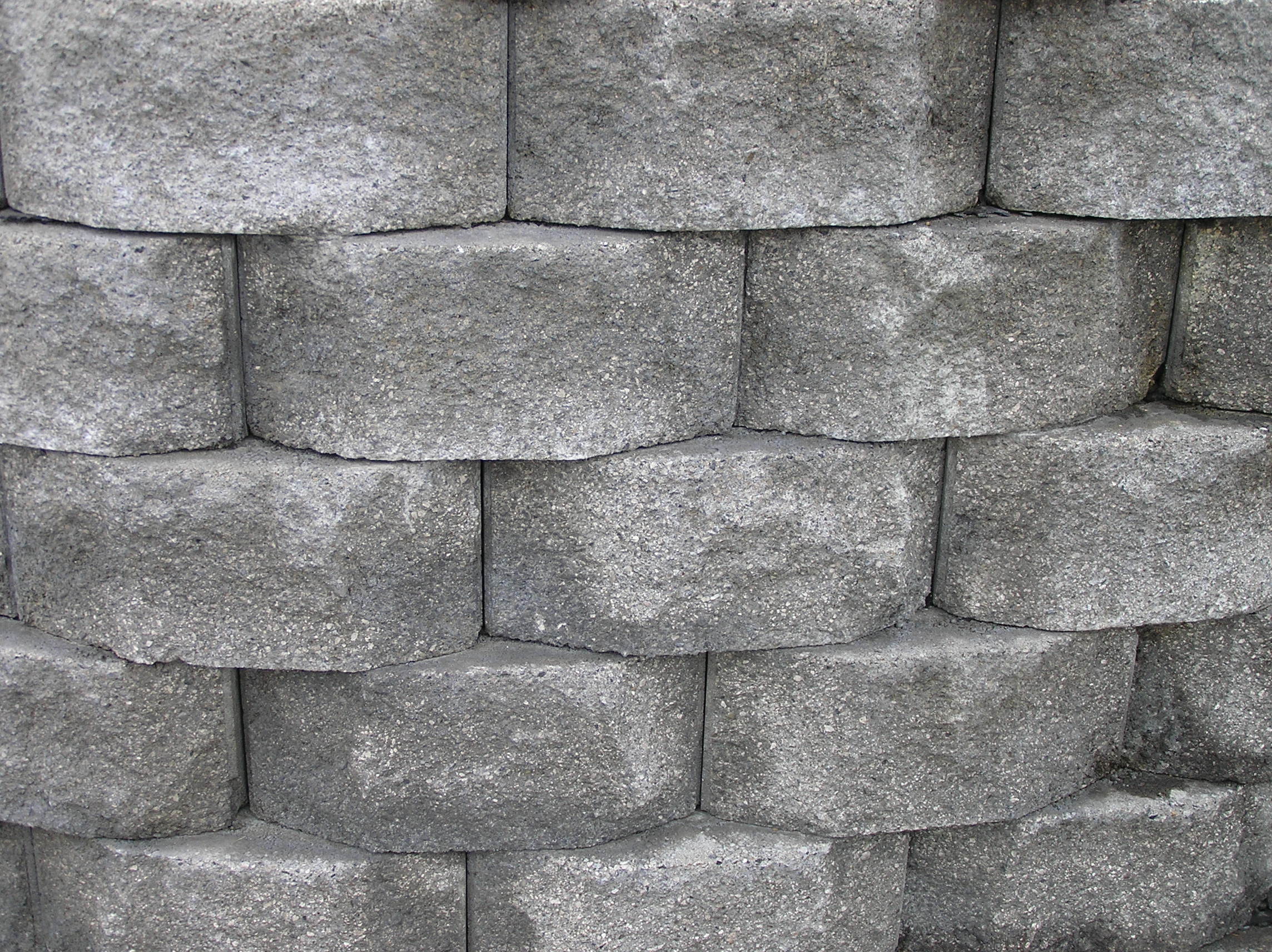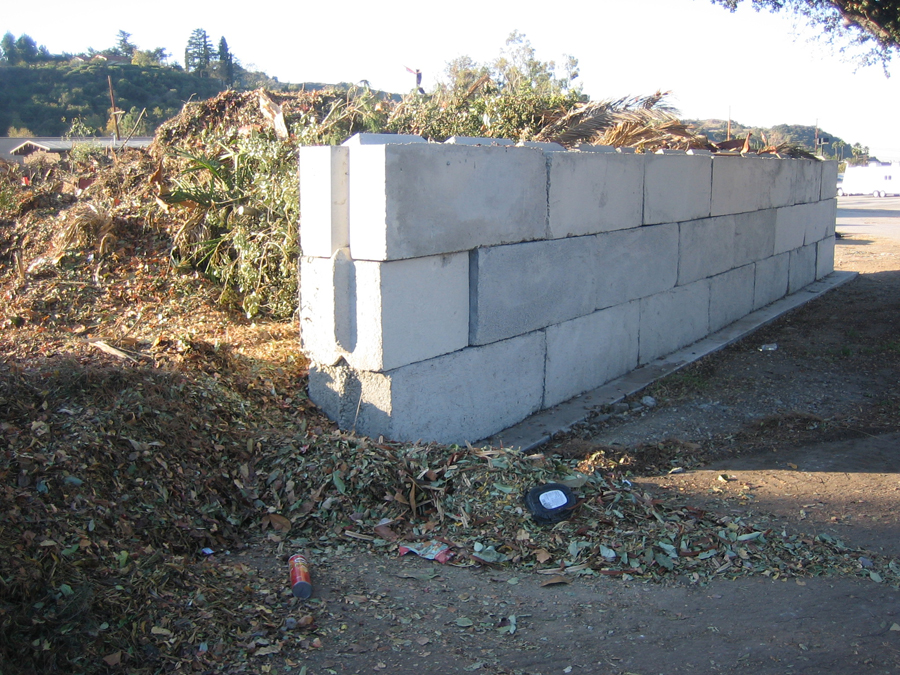

Lower density blocks may use industrial wastes, such as fly ash or bottom ash, as an aggregate. They also have an added decorative effect to certain types of block, such as split-face, due to their distinct red and black colors. In the western United States, where they are easily obtainable, porous lava rock gravels are used for weight reduction. Portland cement and aggregate, usually sand and fine gravel, for high-density blocks). Clinker blocks use clinker as aggregate.Ĭoncrete blocks are made from cast concrete (e.g. In Australia, they are known as Besser blocks or Besser bricks, because the Besser Company was a major supplier of machines that made concrete blocks. Those that use cinders ( fly ash or bottom ash) as an aggregate material are called cinder blocks in the United States, breeze blocks ( breeze is a synonym of ash) in the United Kingdom, and hollow blocks in the Philippines.

The use of blockwork allows structures to be built in the traditional masonry style with layers (or courses) of staggered blocks.Ĭoncrete blocks may be produced with hollow centers (cores) to reduce weight, improve insulation and provide an interconnected void into which concrete can be poured to solidify the entire wall after it is built.ĬMUs are some of the most versatile building products available because of the wide variety of appearances that can be achieved using them. Single scored concrete, seen here, creates a look of square concrete blocks while adding more scores creates a more rectangular look.A building constructed with concrete masonry blocksĪ concrete masonry unit ( CMU, also known as a cinder block, breeze block or by various other terms) is a standard-size rectangular block used in building construction. Within this category of concrete blocks there are a number of variations – you can find single scored, double scored, triple scored and so on. These blocks are similar to smooth faced ones with the exception of shallow lines on their surface. The last kind of concrete block we’ll look at today is the scored concrete block. Left photo – Fluted concrete wall | Right photo – Fluted concrete block example by TRISTAR Brick and Block. However, the molds used to create these blocks leave spaces in between the concrete, giving it a ribbed appearance.

Similar to split faced ones, these blocks are made from splitting a large block into smaller ones, exposing a rough surface. Up next are split ribbed concrete blocks, sometimes referred to as fluted concrete blocks. Split Rib Concrete Blocks (also known as Fluted Concrete) Split faced concrete wall via Buildipedia. Split faced concrete block by Crown Hill Stone Supply Double sided split concrete is made when a large piece of concrete get scored and split multiple times, resulting in multiple rough pieces all with two rough sides. Single sided split concrete is made when one large smooth faced block is scored once and broken into two pieces. Once the blocks have cured they pass under a high pressure, mechanical chisel-like machine that splits the concrete and reveals the rough insides. Depending on how many rough sides are desired, the molds that create these ones keep the block connected but scored at the top to provide the place where a chisel will break the concrete. Split faced concrete blocks, unlike smooth faced ones, are extremely rough. House designed by Dierendonck Blancke Architecten.

Smooth Faced Concrete Block by Crown Hill Stone Supply They’re made in molds that result in a smooth finish on all sides. These are the most common blocks you’ll see everywhere. It’s quite overwhelming really. But today, we’re hoping to make the concrete block world feel a little less daunting for you by breaking down the basics. You’ve got your smooth faced, your split faced, your scored blocks, your fluted blocks, your shot blast blocks and within all of those you’ve got double sided, single sided, corner blocks, chimney blocks, window blocks, and a whole bunch of others.


 0 kommentar(er)
0 kommentar(er)
